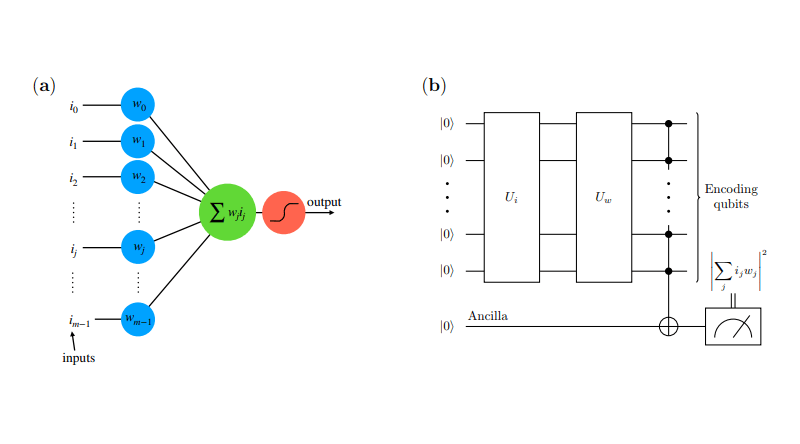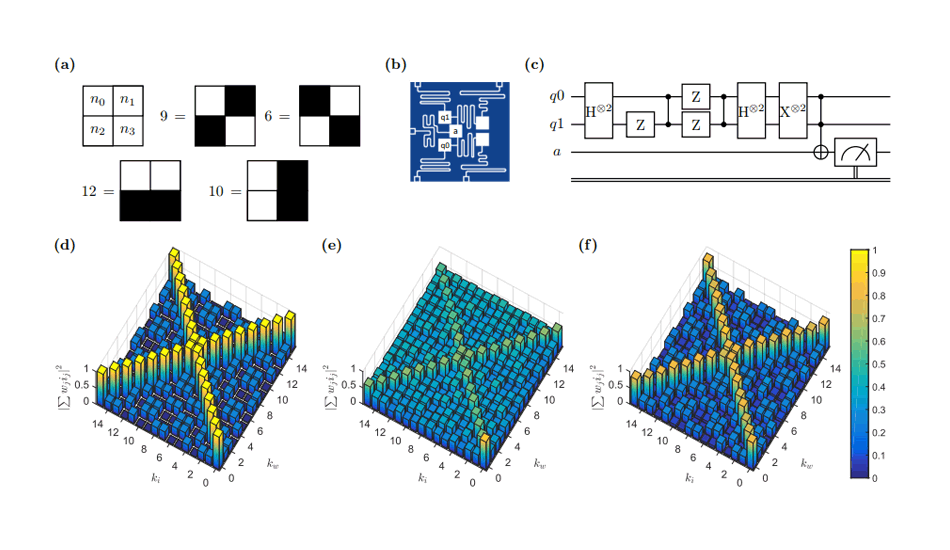
Machine-learning algorithms and quantum computing are two different fields. But Italian researchers have managed to combine the two with promising results.
The team which was led by Francesco Tacchino of the University of Pavia in Italy, developed the first functioning quantum neural network by running a special algorithm on an actual quantum computer.
In the pre-published research on ArXiv titled An Artificial Neuron Implemented on an Actual Quantum Processor (https://arxiv.org/pdf/1811.02266.pdf), the researchers detailed their approach.
What they basically did, was developing a single-layer artificial neural network (ANN) that runs on a quantum computer. This kind of rudimentary ANN is called a perceptron, and it’s considered the basic building block of more robust neural networks.
Previous attempts at building a perceptron on a quantum system involved researchers treating individual qubits as neurons in a network. This process is time consuming and cumbersome, and also complex that it produces more failures than actionable results.
Tacchino here took a different approach.

The hardware used was IBM’s Q Experience computer, a five-qubit cloud-access quantum system that has been one of the popular choices for those who want to use quantum computers but don't have the money to spend on dedicated laboratories and resources.
The researchers stumbled into the first problem, which was the fact that quantum computers having no software, programs or codes made for them.
Quantum computers have the physical phenomenon which occurs when pairs or groups of particles are generated, interact, or share spatial proximity in ways such that the quantum state of each particle cannot be described independently of the state of the other(s). At first, it was difficult to code something on a machine with this defying laws of physics property.
But the researchers made that happen, by successfully run their perceptron algorithms on IBM's Q system, using the resultant neural network to conduct image classification tasks.
This is considered the first time that AI can be made to run on a quantum computer.

Initially, the AI can only do very basic thing of image recognition, which is telling which of the three patterns a given image has.
If compared to the capabilities modern AI systems can do, the Italian researchers have made breakthrough that doesn't sound impressive. But considering that the AI runs on quantum computers which work on qubits instead of bits like on traditional classic computers, the achievement is indeed worth noting.
This achievement is also worth putting with the idea of quantum advantage.
Because the neural network runs on quantum computer, it could be exponentially more robust than those systems running on classical systems. The implication is that AI on quantum computer has the potential to be a lot more powerful.
This is because when a classical perceptron can process an input of N dimensions, a quantum perceptron can process 2^N dimensions.
With this advancement in tech, it can be concluded that some if not all future AI-powered systems will run on quantum computers.
Related: Quantum Artificial Intelligence Lab Launched By NASA, Google And USRA